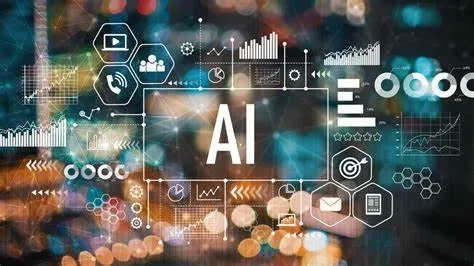Generative AI
Exploring the World of Generative AI
Created Jul 24, 2024 - Last updated: Jul 24, 2024

Generative AI is revolutionizing the way we create and interact with digital content. From generating realistic images to composing music and writing text, this technology is pushing the boundaries of what machines can achieve. In this blog, we’ll delve into what Generative AI is, how it works, and its various applications.
What is Generative AI?
Generative AI refers to a class of artificial intelligence models designed to generate new content. Unlike traditional AI, which focuses on analyzing and interpreting existing data, generative AI creates new data that mimics the patterns and characteristics of the input data it was trained on.
How Does Generative AI Work?
Generative AI models, such as Generative Adversarial Networks (GANs) and Variational Autoencoders (VAEs), use complex algorithms to learn from large datasets. Here’s a brief overview of these models:
- Generative Adversarial Networks (GANs): GANs consist of two neural networks, a generator and a discriminator, that work together in a competitive process. The generator creates new data, while the discriminator evaluates its authenticity. Over time, the generator improves its ability to produce realistic data.
- Variational Autoencoders (VAEs): VAEs encode input data into a compressed representation and then decode it back into new data. This process allows the model to generate variations of the input data, creating new and unique outputs.
Applications of Generative AI
Generative AI has a wide range of applications across various industries:
- Art and Design
Generative AI can create stunning visual art, design new products, and even generate fashion designs. Artists and designers use these models to explore new creative possibilities and push the boundaries of their work.
- Content Creation
In the realm of content creation, generative AI can write articles, generate marketing copy, and even compose music. This technology helps content creators produce high-quality material more efficiently.
- Healthcare
Generative AI is making strides in healthcare by generating synthetic medical data for research, creating personalized treatment plans, and even designing new drugs. These applications have the potential to revolutionize patient care and medical research.
- Gaming and Entertainment
In gaming, generative AI can create realistic characters, environments, and storylines, enhancing the overall gaming experience. In the entertainment industry, it can generate special effects, scripts, and even entire movies.
Challenges and Ethical Considerations
While generative AI offers immense potential, it also raises several challenges and ethical concerns:
- Quality Control: Ensuring the quality and accuracy of generated content can be challenging, as AI models may produce biased or incorrect outputs.
- Intellectual Property: The use of generative AI in creating new content raises questions about ownership and intellectual property rights.
- Ethical Use: The potential misuse of generative AI, such as creating deepfakes or spreading misinformation, highlights the need for ethical guidelines and regulations.
Conclusion
Generative AI is a powerful tool that is transforming various industries by enabling the creation of new and innovative content. As this technology continues to evolve, it will be crucial to address the associated challenges and ethical considerations to ensure its responsible use. By harnessing the potential of generative AI, we can unlock new creative possibilities and drive innovation across multiple fields.
